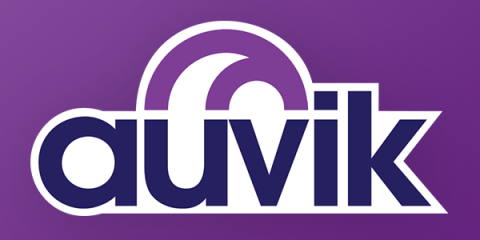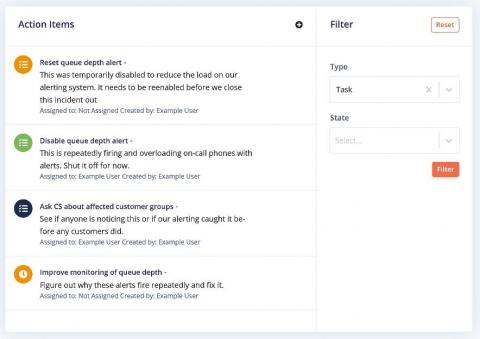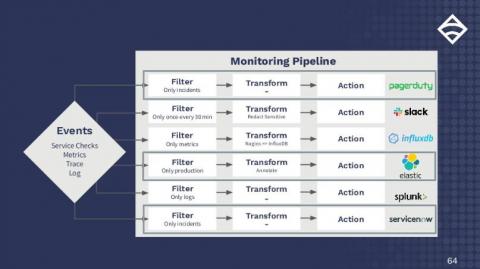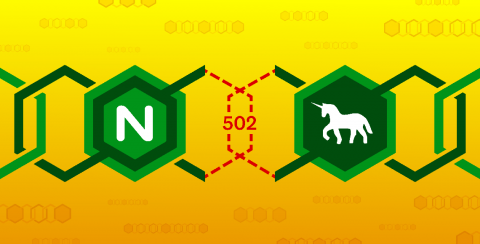Operations | Monitoring | ITSM | DevOps | Cloud
Blog
Announcing Ticketing
Incidents come up quickly and tracking critical tasks to be done in the moment and after an incident is resolved it can be challenging to keep up with what was done by who during an incident and what tasks still need to be completed. In an effort to continue simplifying your incident response process today we are happy to announce an overhaul of ticketing and task tracking on FireHydrant along with a major overhaul of our JIRA integration.
The Top 9 Best Practices for Monitoring Your Server
Has your phone gone in the middle of the night when your boss is calling because the server is down? Maybe you wake up to a tone of text messages that something is wrong with the server? If you have encountered this, then you know the importance of monitoring your server so that you are not the last to know when there is a problem. Part of server monitoring is putting best practices in place to ensure you are prepared for the unexpected.
Monitoring event pipelines: Why you need one, and why you should stop rolling your own
Over the last 10 years, the landscape that we manage, maintain, and control as operators and developers has changed dramatically. We’ve shifted from monolith to microservices, from bare metal to VMs to containers to function-based computing — and it’s changed how we need to approach monitoring and observability.
HTTPS sites using TLS 1.0 and TLS 1.1 are to be blocked by browsers by the end of the March 2020
The end of TLS v1.0 and v1.1 is near – the most popular browsers will either display a warning message when you visit a TLS 1.0/1.1 site or require user intervention and confirmation to connect to the website.
NGINX 502 Bad Gateway: Gunicorn
Gunicorn is a popular application server for Python applications. It uses the Web Server Gateway Interface (WSGI), which defines how a web server communicates with and makes requests to a Python application. In production, Gunicorn is often deployed behind an NGINX web server. NGINX proxies web requests and passes them on to Gunicorn worker processes that execute the application.
NiCE Oracle Management Pack 5.10 for Microsoft System Center Operations Manager
The NiCE Oracle Management Pack enables advanced health and performance diagnostics for Oracle. Health and performance measurement is displayed directly in your Microsoft System Center console. NiCE integrations into SquaredUp dashboards and Cookdowns’ Easy Tune make it even easier to tune Oracle monitoring. Leverage your existing investment, reduce costs, save time and build efficiencies that will last beyond your expectations.
Top 3 Concerns of IT Admins Regarding AI Ops
AI Ops is about enabling developers, program managers, service engineers, website reliability engineers etc. to efficiently build as well as run online services or applications at scale with AI & ML techniques. AI Ops is expected to help improve service quality. customer satisfaction, enhance technology productivity, and reduce cost. With hype all around the world regarding artificial intelligence, IT leaders are sceptical whether it will actually be useful to them or will it add to their costs.
The Incident Response Approach to Remote Work
Telstra Ventures Invests in Rancher!
Today, we announced our $40M funding round led by Telstra Ventures. We have been working with Telstra as a customer for many years. When Telstra Ventures, who was familiar with Telstra’s success in using Rancher and Kubernetes, approached us for a potential funding round, it was a no-brainer. A leading telco like Telstra exemplifies Rancher’s vision to Run Kubernetes Everywhere.











